Sony’s new ZV-E10 II corrects all of the issues I had with its predecessor and delivers an affordable and performant hybrid creators’ camera. It isn’t without compromises, but it is far and away the best attempt in this space we’ve seen yet.
Back in 2021, Sony released its first APS-C ZV-series camera for content creators, ZV-E10. However, I was disappointed that it came out just as Sony was discontinuing most of its core components. The 24-megapixel sensor was slow and required a crop to even record 4K/30p and there was no option for 4K/60p. Battery life on the old W battery was a consistent issue, the processor only supported the older, poorly designed menus, and video recording was restricted to 8-bit color.
Now we have a ZV-E10 II which addresses all those issues but does have some small compromises as well.

Sony ZV-E10 II Review: How it Handles
In terms of handling, the ZV-E10 feels a lot like its predecessor. External controls are minimal, but space is reserved for some returning cool video-centric features. We have the product showcase button, which makes the camera focus on an object when it is held up in the foreground, and a background defocus button that toggles between the shallowest depth of field and the deepest that your lens will allow. We also have a zoom rocker around the shutter, which allows digital zooming and optical zooming on a limited number of E-Mount power zoom lenses. The new kit lens is one of these though, and we’ll talk about it below.
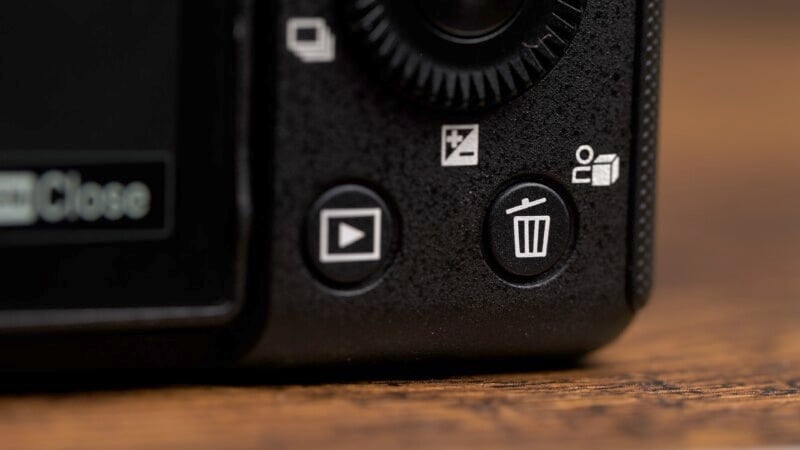
One noticeable change is the deeper camera grip. I found this offered a much more secure grip than the original ZV-E10 but keep in mind there is very little space for your fingers if you use larger lenses like the Sony 24-70mm f/2.8 GM II that Chris Niccolls used to film the episode. I think the change is justified, as it offers the space to utilize Sony’s much more powerful NP-FZ100 battery. The Sony Z battery is legendary for being quite small yet having impressive life and that is no exception here. We get 610 shots (CIPA rated) and over two hours of 4K recording on a single charge. It’s great to see Sony unifying the power sources for all their recent mirrorless cameras.
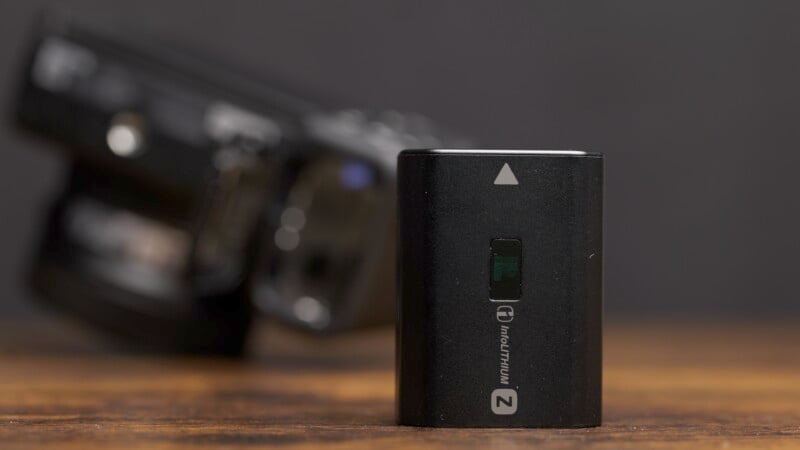
Sony ZV-E10 II Review: How it Shoots
The APS-C sensor is the newly designed 26-megapixel BSI seen in the more expensive a6700 and FX30. It is far faster than the old sensor, with no crop shooting 4K up to 30p and only a small 1.1X crop when recording 60p. Unlike the original ZV-E10, there is no mechanical shutter for still capture. While the readout speed is decent, you will still encounter some “wobblies” and banding when taking photographs. It’s also worth pointing out that the 4K/120p recording found in the FX30 and a6700 is missing, but that makes sense given the price difference.
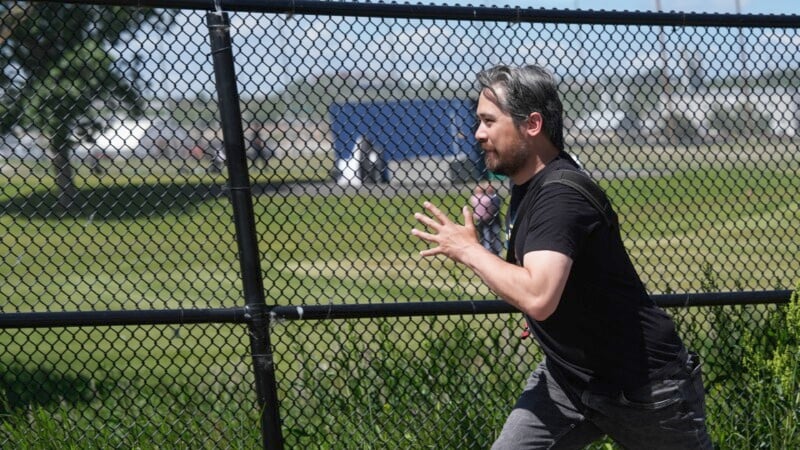
The ZV-E10 II also includes the same three-capsule mic, which allows you to choose the direction of the mic pickups. You can manually have them prioritize sound in front of the camera, behind it, or all around. Alternatively, you can have the camera automatically choose the appropriate recording direction. For windy days, a silly-looking but effective “toupee” windscreen is included in the box.
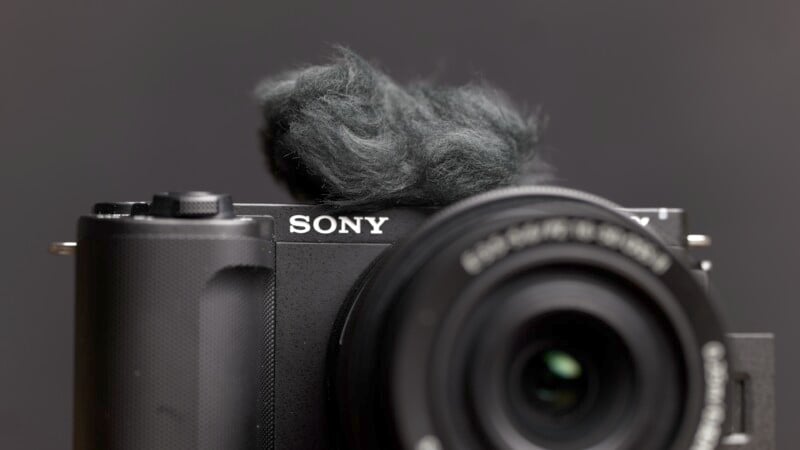
The processor is responsible for most of the new changes, however. 10-bit capture is available in all recording modes, which makes S-Log3 recording much more useful with less banding and blotchy color. For those who want to minimize grading time, the S-Cinetone profile is included and gives pleasing-looking results straight out of the camera.
The new Sony menu is also here, which is much better organized than the previous incredibly poorly laid out Sony interface.
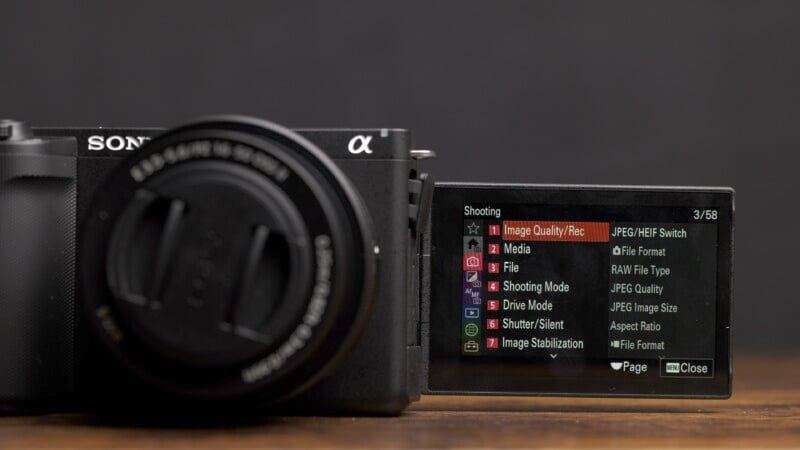
Electronic image stabilization is much improved, which is important as there is no in-body image stabilization (IBIS) unit in this camera. Active Steadyshot works very well at faster shutter speeds or with faster frame rates, but still looks odd, with irregular blurry frames at 24p and 1/48 shutter speed — our standard settings for YouTube. Grab stabilized lenses to help with that particular issue or increase your shutter speed to mitigate it.
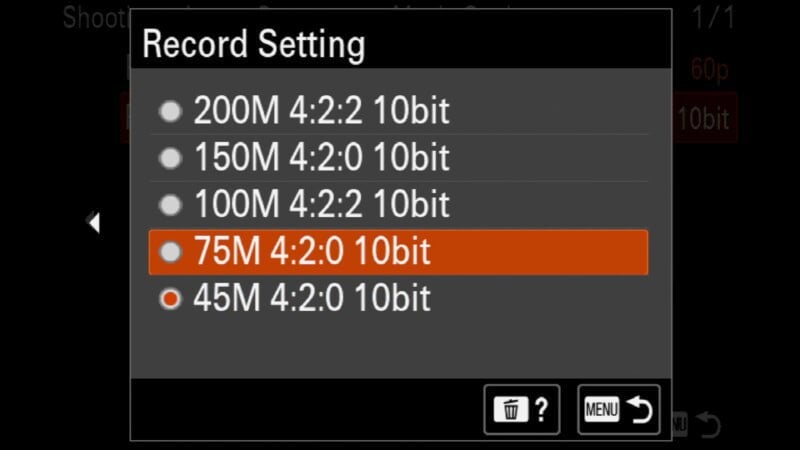
Breathing Compensation is included. This negates a field of view change as you shift focus between macro and infinity. Breathing Compensation will incur a crop that depends on how much your lens breathes, but it’s very effective. Unfortunately, it is only supported on some Sony lenses, not third-party options.
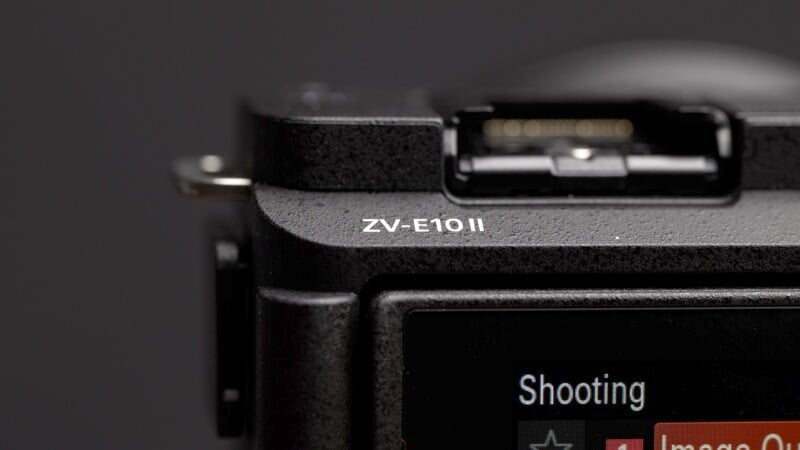
One thing the processor does not have is a dedicated AI autofocus chip. This means autofocus performance is not quite as sticky as the a6700 in demanding situations, but the same as the FX30, which I have found to be generally a good focuser. Again, this makes sense as the ZV-E10 II is much less expensive than the a6700.

The other major update isn’t part of the camera at all: the Sony ZV-E10 II is the first camera to offer a kit with the new Sony 16-50mm f/3.5-5.6 II. This new version offers improved stability when used in conjunction with a camera with IBIS (which the ZV-E10 II lacks), and can retain autofocus while zooming. Unfortunately, it doesn’t appear that the optics have been upgraded, though we were unable to run tests due to the pre-production nature of the lens. Certainly, the new lens will be sharp enough for 4K video capture, but I’d look elsewhere if photography is a priority.
The Sony ZV-E10 II is a Top-Tier Bang for the Buck
The ZV-E10 II is an absolutely outstanding value for video shooters. I may not love the lack of an EVF in this series, but clearly, there are plenty of video shooters happy to stick to a flippy screen. However, the faster sensor, new menus, and improved battery life negate most of my issues with the ZV-E10. The ZV-E10 II can certainly capture footage that will outperform a high-end smartphone in many situations, and most truly compelling hybrid cameras start at $1,500. So for $1,000, I think the ZV-E10 II will make a lot of sense for content creators, and I expect to be recommending it to a lot of people in the near future.
